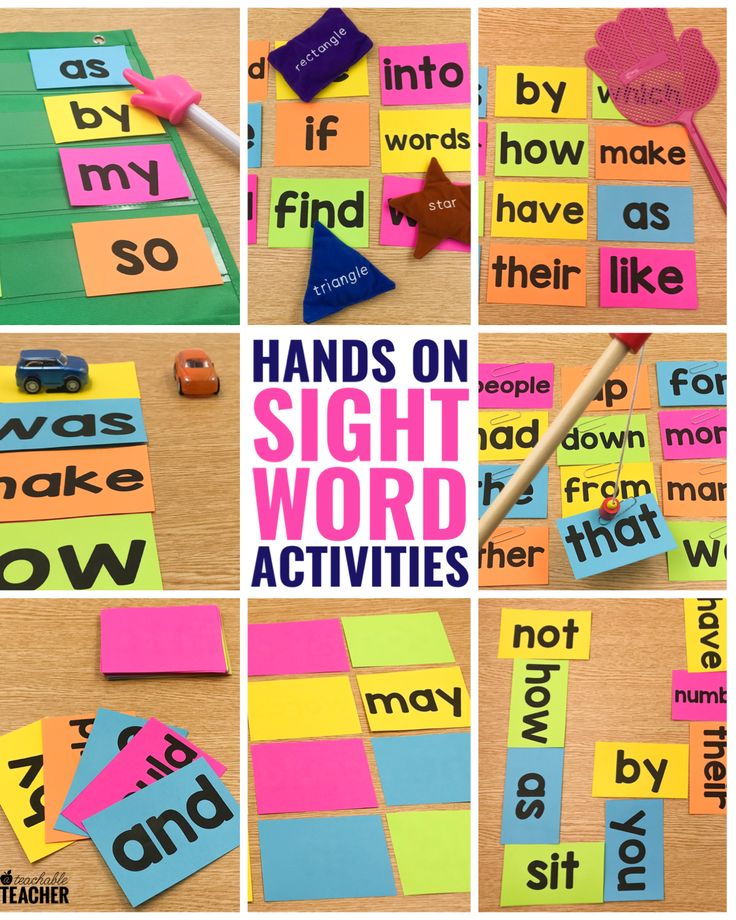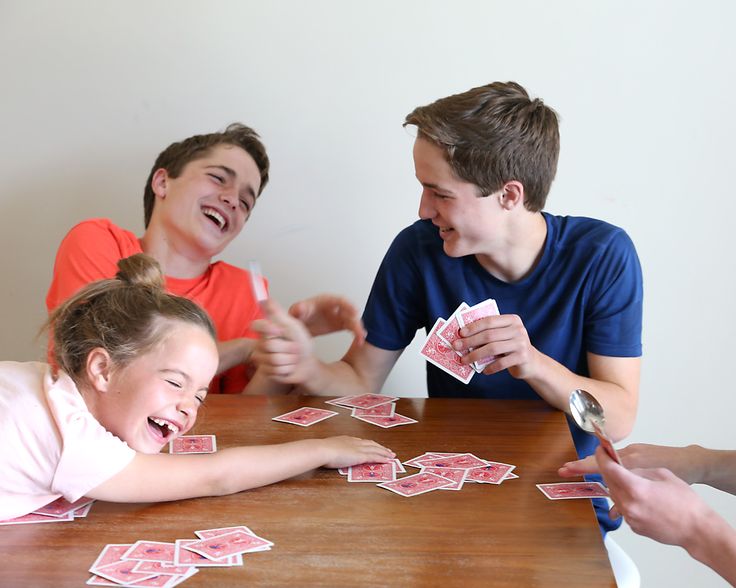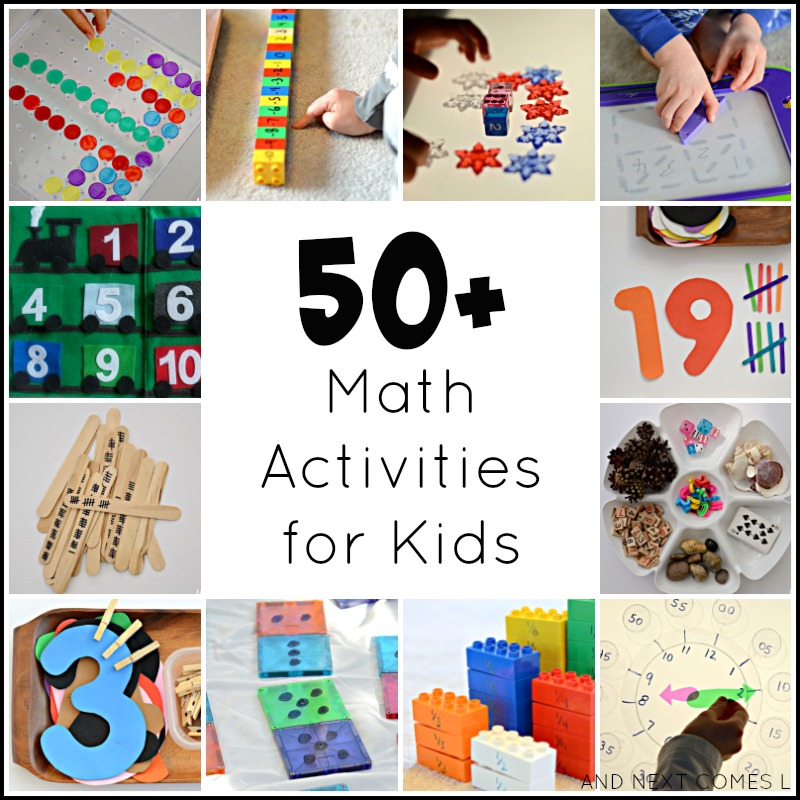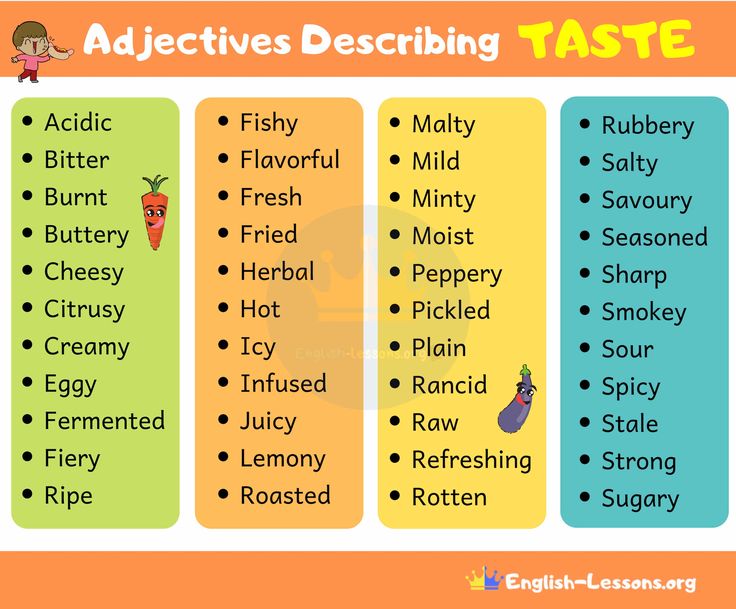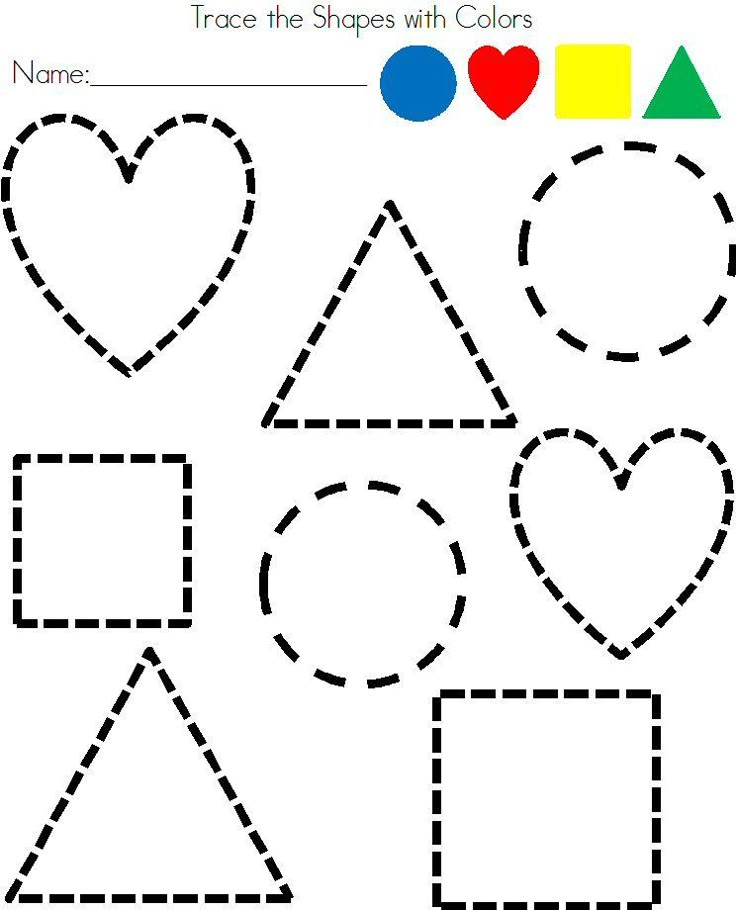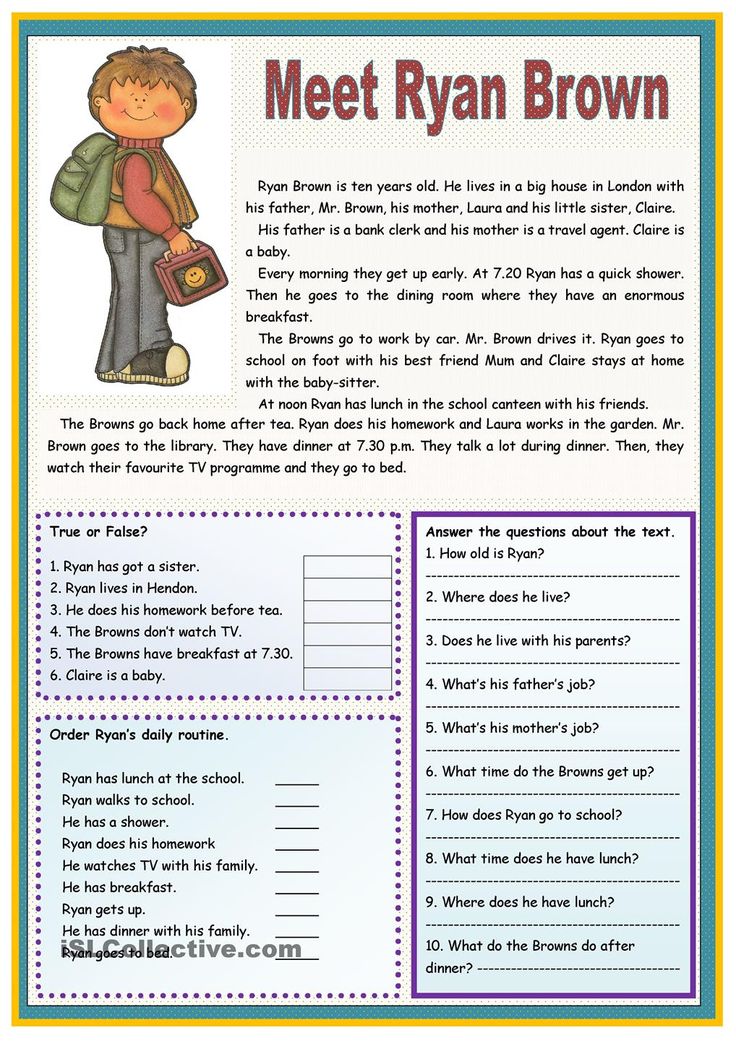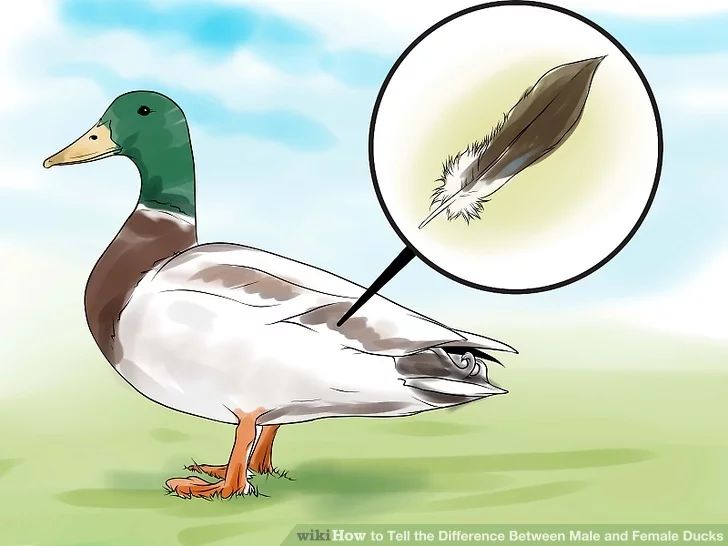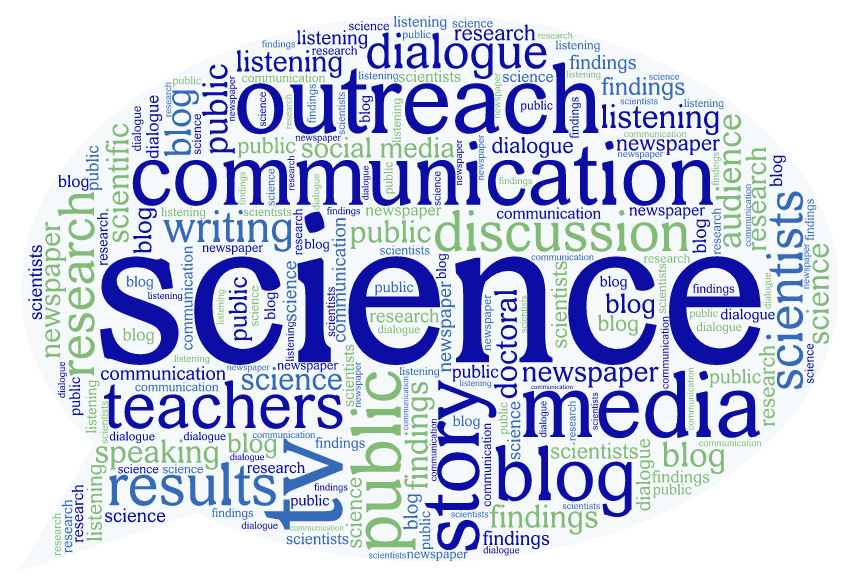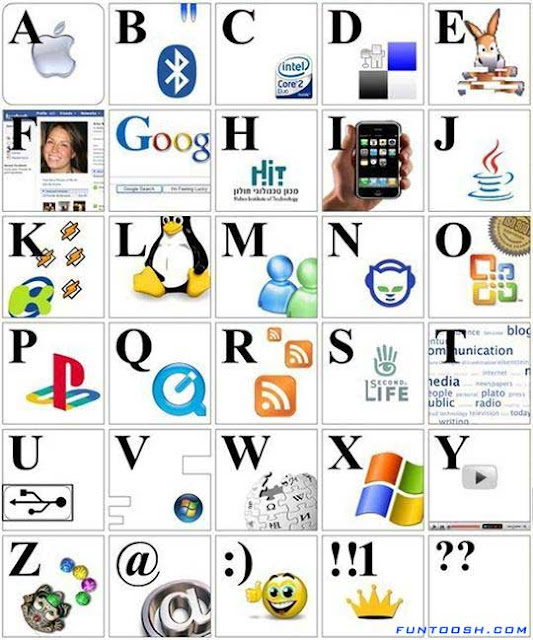Teaching sight words in preschool
8 Easy Ways to Teach Sight Words to Preschoolers
Learning sight words is a critical skill for kids to learn how to read!
Teaching children how to learn sight words can be a challenge.
Why?
Because it all comes down to memorization. There is not a way to sound out these words. In case you are unfamiliar, sight words are words like that don’t follow the traditional rules of spelling or can’t be sounded out phonetically. Some examples of sight words are who, does, and come.
To give your preschooler a great jump start to reading, I have come up with 8 EASY ways that you can teach your preschooler sight words!
#1. Start With TWO Letter Sight Words
Does anyone have a toddler that says no to absolutely everything?
You’ll be hearing it all over again when you start teaching sight words because the word “no” is one of the easiest ones to recognize!
When you start out teaching a child sight words, it’s important to start small and build up to longer words. Starting with TWO letter words for them to memorize is going to be a lot easier than FOUR letter words.
Here are some two-letter sight words that you can start with: of, to, is, in, it, he, on, as, at, be, or, by, we, an, do, if, up, so, no, go
Once your little one has mastered the two-letter words, you can move onto three or more letter words!
While some of the words on this list can be sounded out and others can not, I think it’s easier to have your child just memorize the words so they can say it at a glance.
Here is a list of sight words for each age/grade level?
I use the above sight word checklist when I am deciding what new words to teach my daughter!
#2. Choose Sight Words In Your Child’s Favorite Books
I have a quiz for you.
How many sight words can you find in this sentence below from the book, Where the Wild Things Are?
“His mother called him “WILD THING!” and Max said “I’LL EAT YOU UP!” so he was sent to bed without eating anything.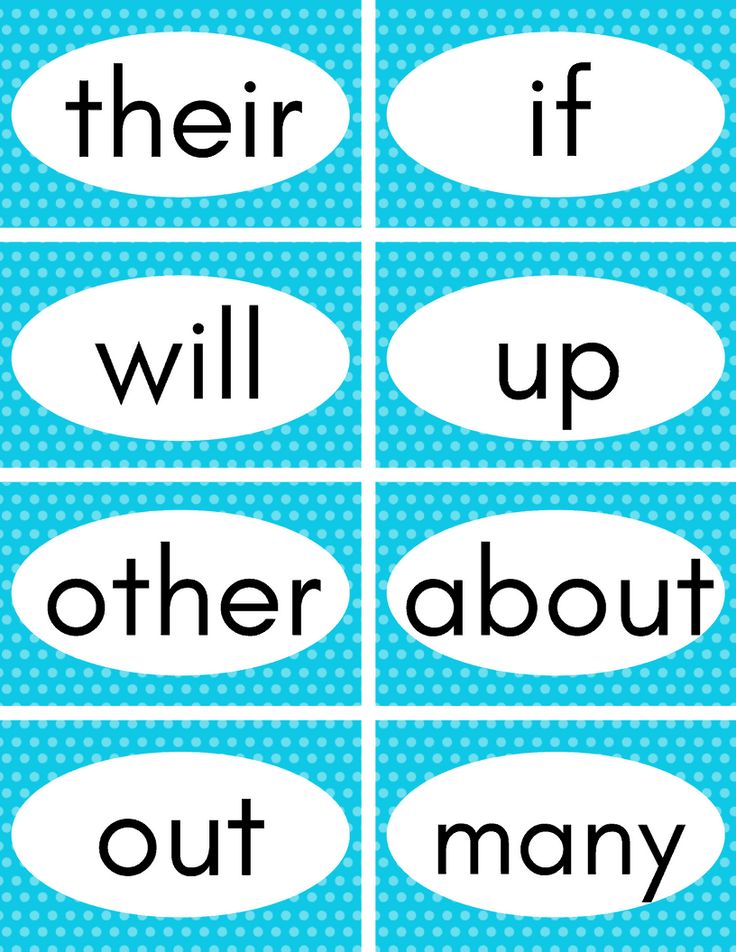 ”
”
I found 12 sight words in that one sentence!
- (his, him, wild, and, said, eat, you, up, so, he, was, to)
Sight words are referred to as high-frequency words because some of them are the most common words in the English language!
When you are reading to a child, and they are starting to learn sight words, make sure to point out the words in their favorite books. They will be more interested in learning the sight words if it’s in a context they enjoy! We have a subscription to Highlights Magazine, and my daughter loves pointing out which words she recognizes.
Your kids will feel so proud when they can read a few words in their favorite stories. It will encourage them to want to learn more!
#3. Practice Daily
Just like teaching your kids the alphabet, numbers, and shapes, it takes repetition for them to understand the material!
At least a few minutes of work on sight words each day will help them immensely when it comes to memorizing sight words.
Here is what works best for my daughter:
I write the sight words that we have previously learned on a small dry erase board, which I limit to about 25 max.
Check Amazon's Price
We take some time and review those words plus add one or two new words depending on how well she does during the review.
Check out this short video of how I review the sight words with my daughter!
To ensure that she remembers the sight words we learned, I make sure to include ones that we learned in the past.
Tip#4: Make Reading Fun!
If I just focused on the above activity over and over again, I think I would struggle badly getting my kids to learn how to read.
It’s essential to come up with EXCITING ways to teach your kids how to read!
Here are FOUR ways to make learning sight words engaging!
Activity #1. Shaving Cream Sight Words
Shaving cream is such an amazing sensory activity! Your kids will be so excited to use shaving cream for a learning activity, it won’t even feel like they are learning!
I use men’s foaming shaving cream because I think it works the best! But other types can be used as well.
How to do this activity:
1. Spray foam shaving cream on an art tray.
2. Spread it out so the shaving cream is all over the tray!
3. Write a sight word that you are working on in the shaving cream and ask your child if they know what it is.
4. Repeat this process over and over again! Let your child erase the words so they get a chance to play in the shaving cream!
Activity #2.
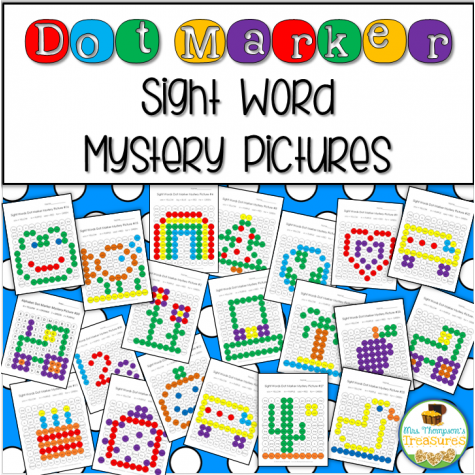 Do-A-Dot Painting Activity
Do-A-Dot Painting Activity
Do-A-Dot painters are one of my MUST-HAVE supplies to have on hand at your house.
They are so much fun to play with and they are pretty much MESS FREE! Can’t beat that right?
Do-A-Dot markers can be used for so many fun and learning activities. This specific activity was great because it worked recognizing a specific sight word while getting to paint!
GRAB YOUR FREE Pre-K Sight Word Do-A-Dot WORKSHEETS HERE!
(Each grade level coming soon!)
Check Price - Amazon
Want to check out my other MUST-HAVE Supplies? Take a look at my list HERE!
Activity#3. Play Sight Word Games
My new thing is trying to turn games into a learning activity!
My kids love to play board games, so why not add a little bit of learning into the mix while getting to play?
How to do this activity:
1.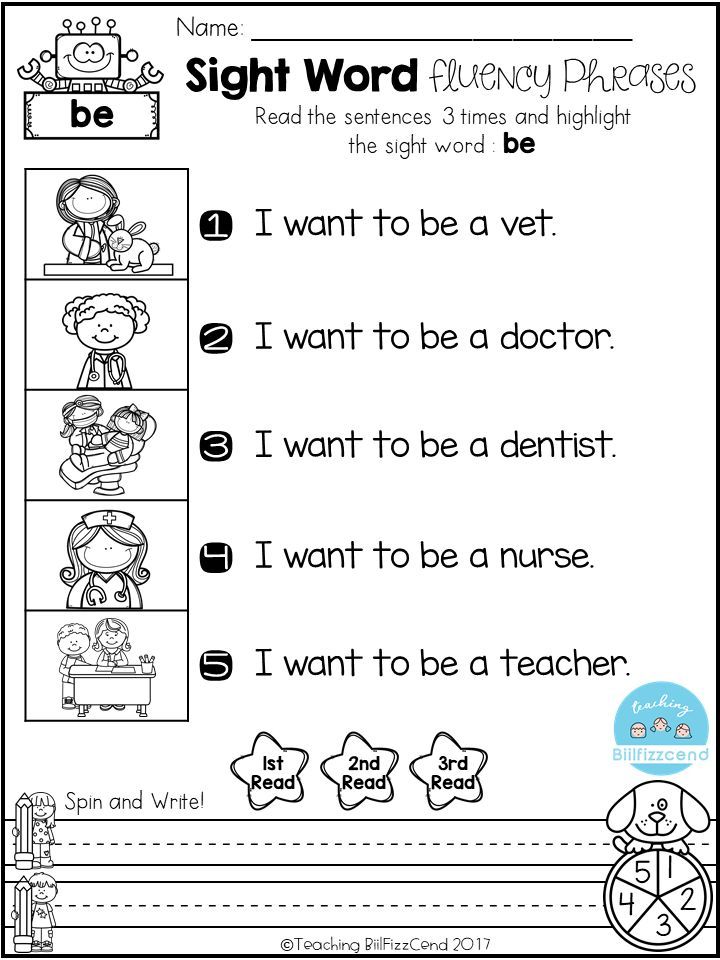 Materials you need- Don’t Break the Ice Game, dot stickers, and a marker.
Materials you need- Don’t Break the Ice Game, dot stickers, and a marker.
Check Amazon's Price
2. On white dot stickers, write some sight words that you are working on with your little one. I wrote one that my daughter already knew so she could play the game and be successful!
3. Explain to your kids that they have to tap lightly on the ice with the hammer instead of trying to hit it as hard as they can because a lot falls at once that way. Tell them they can play the regular way after you practice the sight words. 🙂
4. Ask them to find a specific word and tap on it with the hammer or they can tap on a word of their choice and tell you what it says!
5. After they say or find all the words, then you can play the normal way!
Activity #4. FUN Worksheets
My daughter loves to color, so I created this Popsicle themed Color by Sight Word Worksheet for her to do.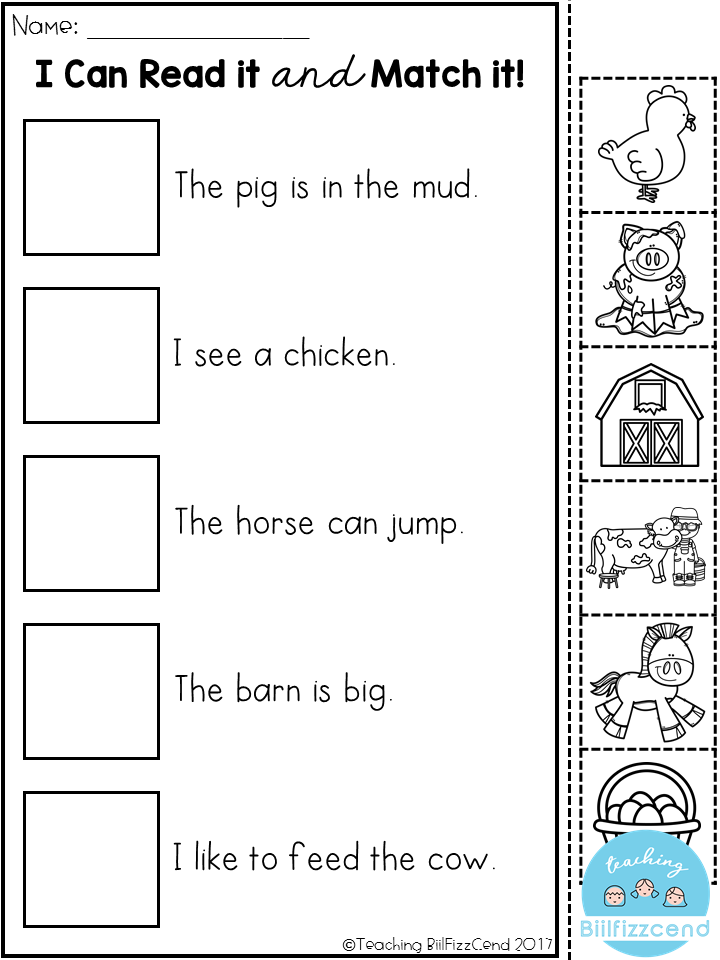
Here are some excellent workbooks available on Amazon that have activities ready to go!
- 100 Write and Learn Sight Word Practice Pages
- Wipe Clean: Learning Sight Words
- The Best Sight Word Book Ever!
Don’t want to buy an entire workbook? I am constantly working on new FREE resources to make available for you.
Click here to grab your FREE Popsicle Color by Sight Word WORKSHEET!
Also, take a look at the other FREE RESOURCES that I have while you are there!
#5. Build Sentences with Sight Words
Building sentences using sight words is a GREAT way to show your child how the specific word is used in real life.
You can do this by verbally saying sentences or you can also do it in an interactive way.
We have a bunch of Thomas the Train, train tracks at home, so I thought it would be fun to work on sentence building with sight words with them!
How to do this activity:
1. Materials you need- Thomas the Train tracks, labels, and a marker.
Materials you need- Thomas the Train tracks, labels, and a marker.
View/ Check Amazons Price
2. On labels, write some sight words that make sense in a sentence that you kids know or you want them to learn!
3. Spread them all apart so they have to work on building the sentence so it makes sense. They will have to read each word then create the sentence!
#6. Add A New Word Each Day
Once your child can recognize words, you can start introducing at least one new sight word each day. In the beginning, you want to start slow.
Since sight words are based on memorization, that’s why learning one word a day is perfect for this age level.
While you should introduce one new word a day, remember to review past sight words that you practiced with them before. It’s crucial to go over these sight words so they won’t forget them.
Remember they are still preschoolers, repetition is key!
#7.
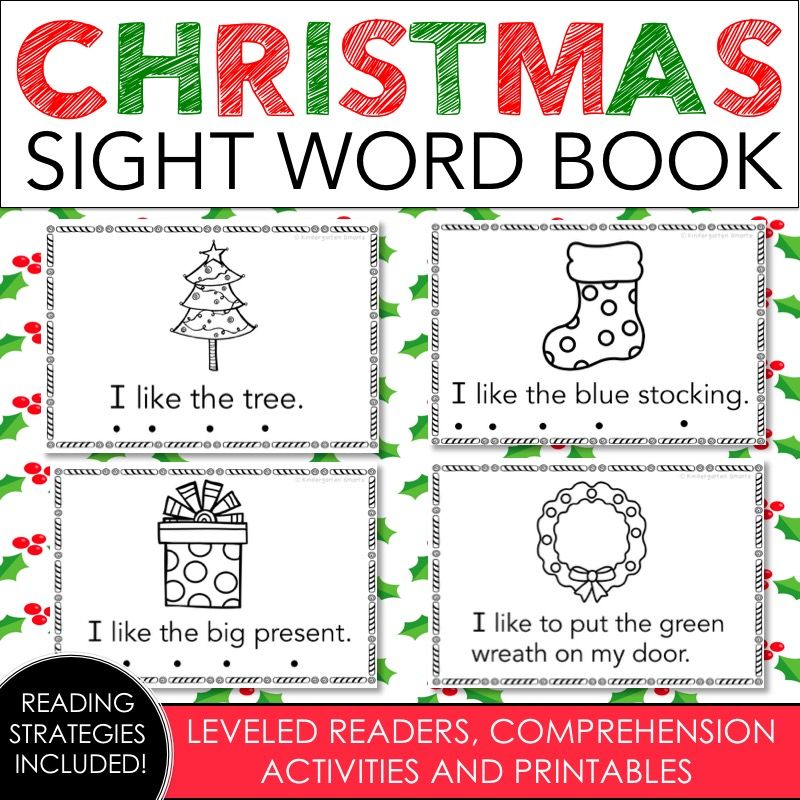 Stay Positive!
Stay Positive!
You never want to rush the learning process.
Forcing preschoolers to sit and complete work when they are not ready may cause the child to think negatively about learning.
You want your child to be EXCITED to learn.
Don’t get frustrated if they don’t catch on right away or if it takes them a few days to master a word. It will happen with time, and they will feel successful if you encourage them!
There are times that my daughter can just not grasp on to a word.
For example, she had trouble memorizing the word “find.” I asked her every day for TWO weeks about this word, and she still wasn’t getting it. I decided I was going to take a break and come back to it later. I introduced the word to her again after about a month, and now she has no problem with it!
As parents, we have to be patient with our children while they are learning.
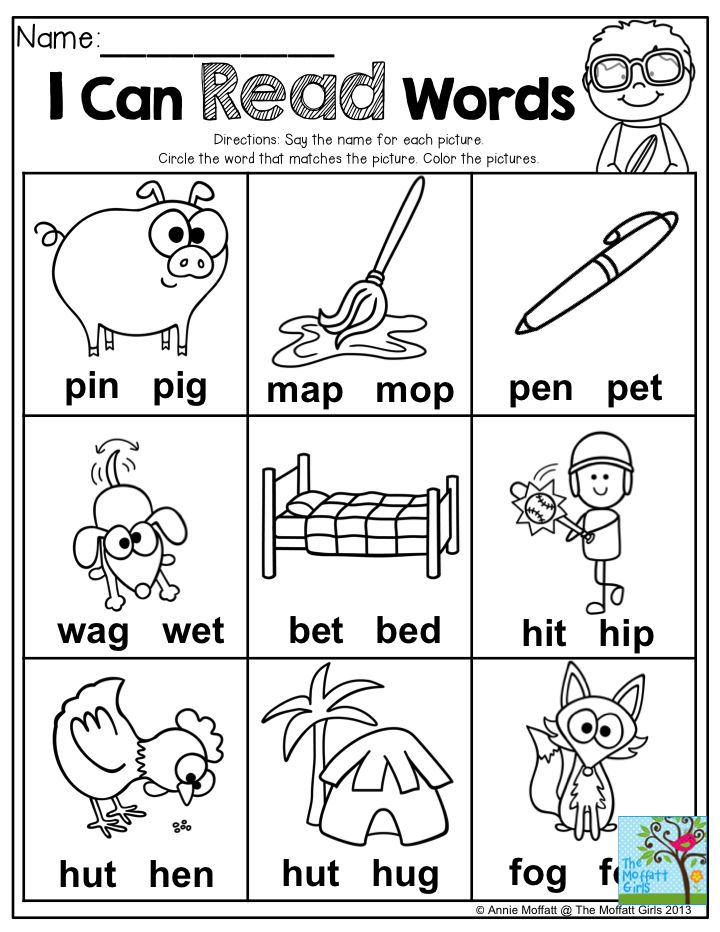
We are supposed to be their biggest cheerleaders! Tell your child how proud you are when they learn a new word. They will feel your excitement and, in return, be more excited to keep on learning new material!
#8. Join An Online Learning Program
One great website that works on early reading skills is Kickstart Reading.
Kickstart Reading– This is such a fantastic reading program! I also have a promo code that you can use to get some money off of your subscription! You will receive a FOREVER plan for $39.00(normally $57.00). This is a program that focuses solely on reading, which I think is better than anything else out there. Your little ones will learn about phonetics, sight words, vowel sounds, digraphs and MORE!
PROMO CODE: ABCDEE
Here is a short demonstration of just one of the segments included on Kickstart Reading.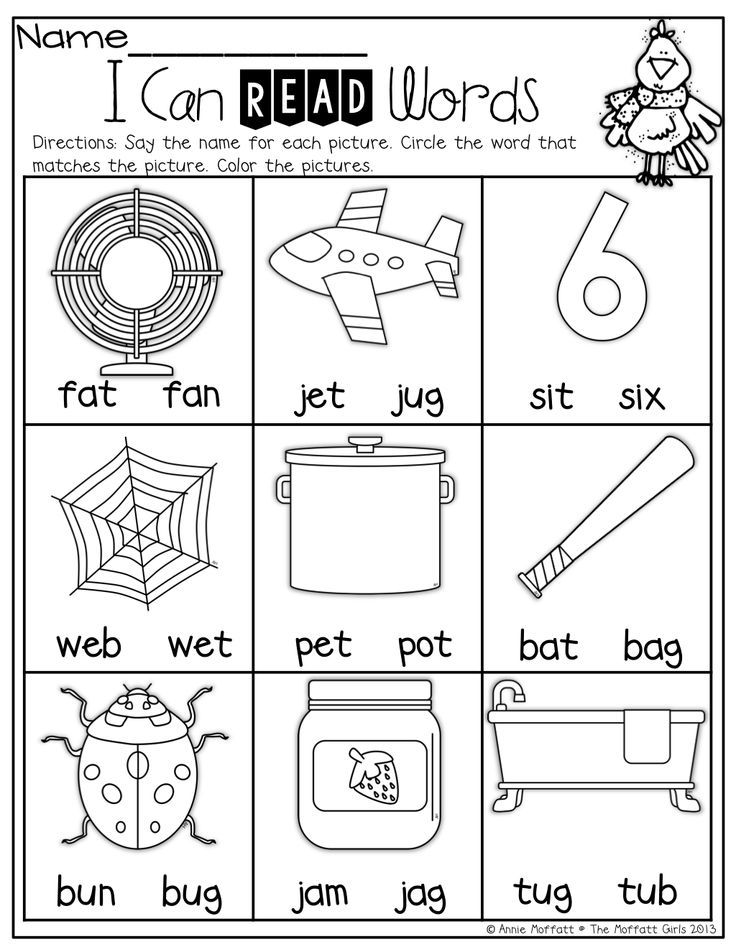 This is my 5-year-old daughter working on word blends.
This is my 5-year-old daughter working on word blends.
Final Thoughts and Conclusion
Deciding when to start your preschooler’s journey into reading is a fun but challenging adventure!
It’s important to start slow, begin with two letter sight words, and stay positive with them! Try to mix up the activities that you do with them to learn sight words to keep them engaged and excited to learn!
I would love to help you on your journey to teaching your preschooler sight words. Whether you need some creative ideas or you need more helpful suggestions, please leave a comment below.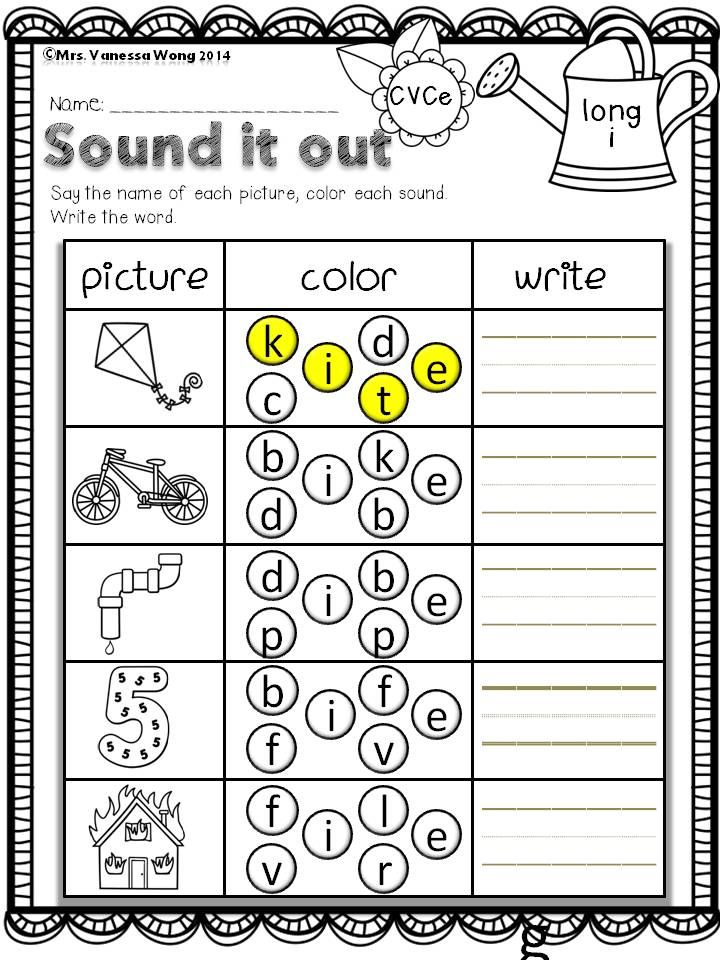
If you have any great ideas that you would like to share as well on what helped you teach sight words to a preschooler, please share them with us!
How to Teach Sight Words
Tips for Teaching Sight Words in Pre-K and Kindergarten
Sight Words
What are sight words?
Sight words are words that are immediately recognizable and do not need to be decoded. Some examples of sight words are come, does, or who that don’t follow the rules of spelling. These words need to be memorized because decoding them is difficult.
When teaching reading to youngsters, it helps for them to have these sight words memorized because these are common words they will come across frequently.
Sight Word Facts:
- Sight words are the most frequently used words in the English language. These are considered high frequency words.
- Sight words make up about 50% of any written text.
- Students will be able to read more fluently if they have learned to recognize sight words instantly.
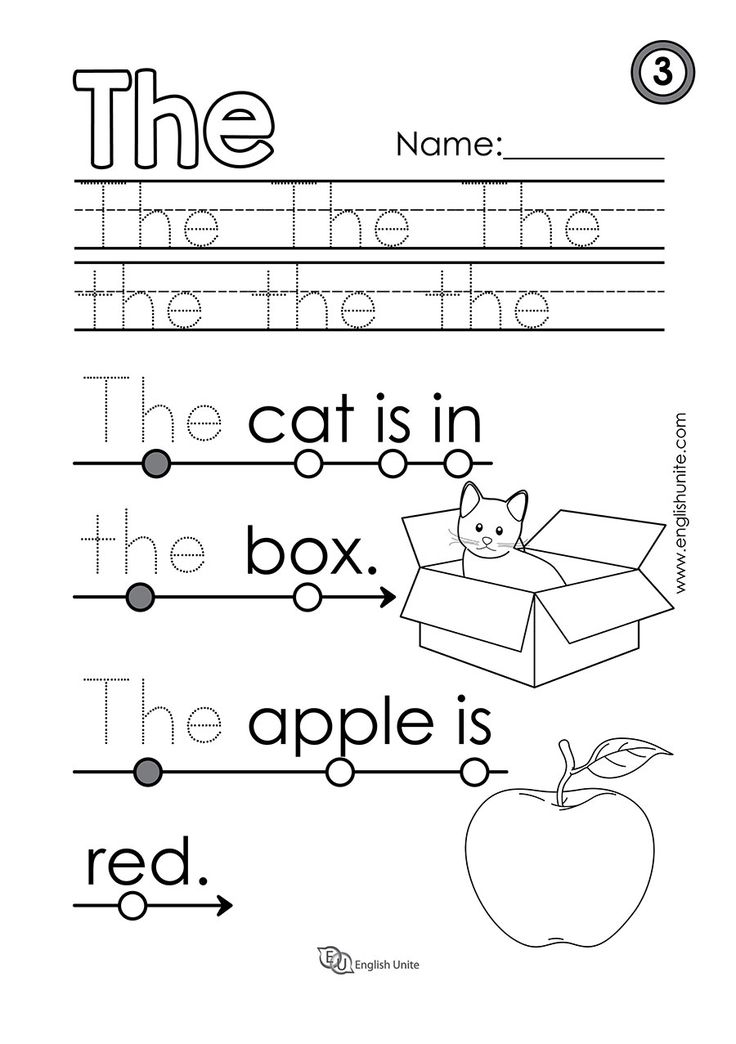
Heidi Songs Sing and Spell vols. 1-5
One of the most important things to remember when teaching sight words is to make it both fun and memorable; HeidiSongs Sing and Spell the Sight Words DVDs offer a unique way to do just that. Heidi has a song for every sight word and each song is so catchy your kids will beg to sing them again and again. What makes Heidisongs unique is the multi-sensory aspect. Each song features movements that the students make with their bodies as they sing the songs. This method works well because it incorporates the different learning styles. When children are seeing, hearing, saying, and moving they are more likely to remember.
I have had such great success using HeidiSongs with my classes I can hardly believe it. The parents could hardly believe it either, their children were learning the sight words so quickly and were singing the songs non-stop day and night. Many parents asked for the lyrics to the songs so they could help their children practice the words at home.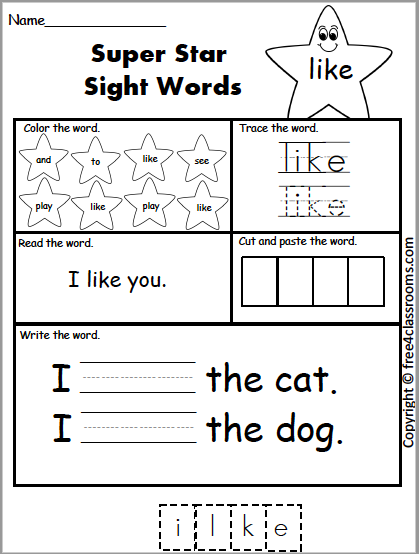
Heidi Songs was such a big hit I decided to incorporate the songs into our homework routine to spice it up. Using flashcards, the students sing the corresponding HeidiSongs each night to their parents. I also incorporated Heidisongs into my Rainbow Words program (see pictures and explanation below).
Rainbow Sight Words
Rainbow Words is a unique combination of a sight word motivational tool, an organizational system, and a tracking system all rolled into one. It is difficult to remember which words each student knows. I use assessment checklists but it is time consuming to go around the room and look at the list, then figure out what each student needs to be doing. Rainbow Words is a fantastic solution to this problem.
Basically, it’s a large rainbow you place on your wall, each color of the rainbow is assigned certain words that stick on the rainbow with Velcro. Their words follow a certain sequence that our district does not so I just re-arranged the words on the rainbow to suit my needs.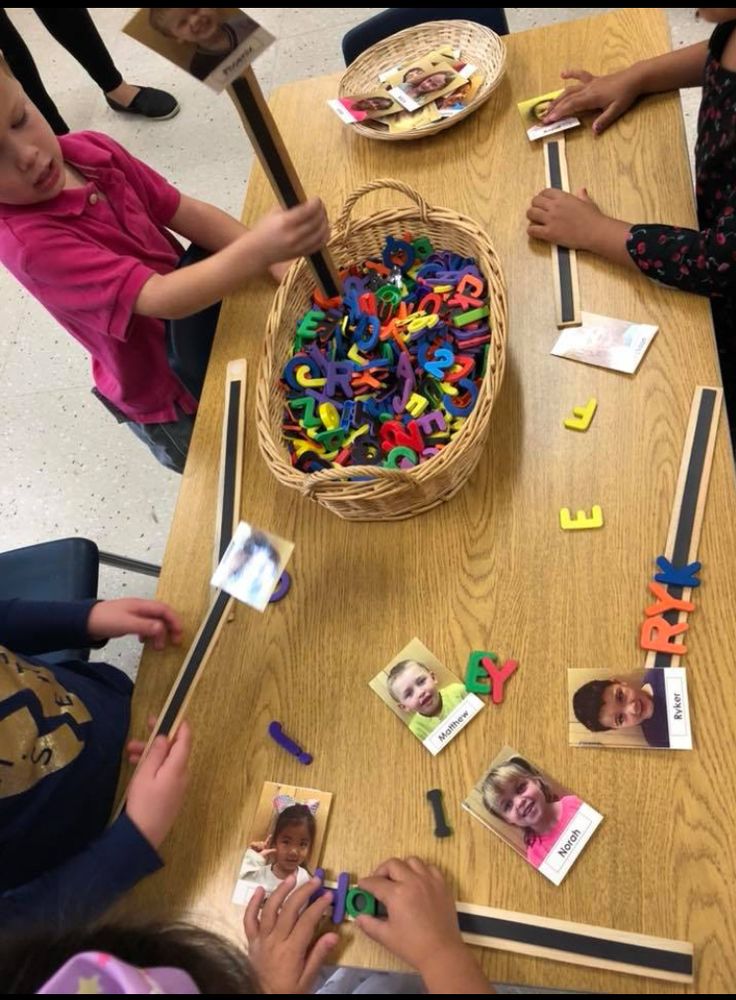 You don’t even have to use their words, you can make your own and stick them on the rainbow. I color coded all of my sight word cards to match the words on the rainbow.
You don’t even have to use their words, you can make your own and stick them on the rainbow. I color coded all of my sight word cards to match the words on the rainbow.
Now during word work time each student has their own ring of color coded sight word cards (see picture below) and I know that they are working on the words that they should be. It’s also easy enough for the kids to follow too, they always know which color they are working on.
Rainbow Sight Word Cards
I purchased the matching colored baskets at Really Good Stuff
The motivational aspect of Rainbow Words is another great feature. The students start out at the bottom of the rainbow on purple with words like “I”. They are highly motivated to move up the rainbow to the next level and so on. Each time they reach their goal and learn all the words of one color they get a certificate of achievement in that matching color. There is also a cloud and raindrop bulletin board motivational system you can create.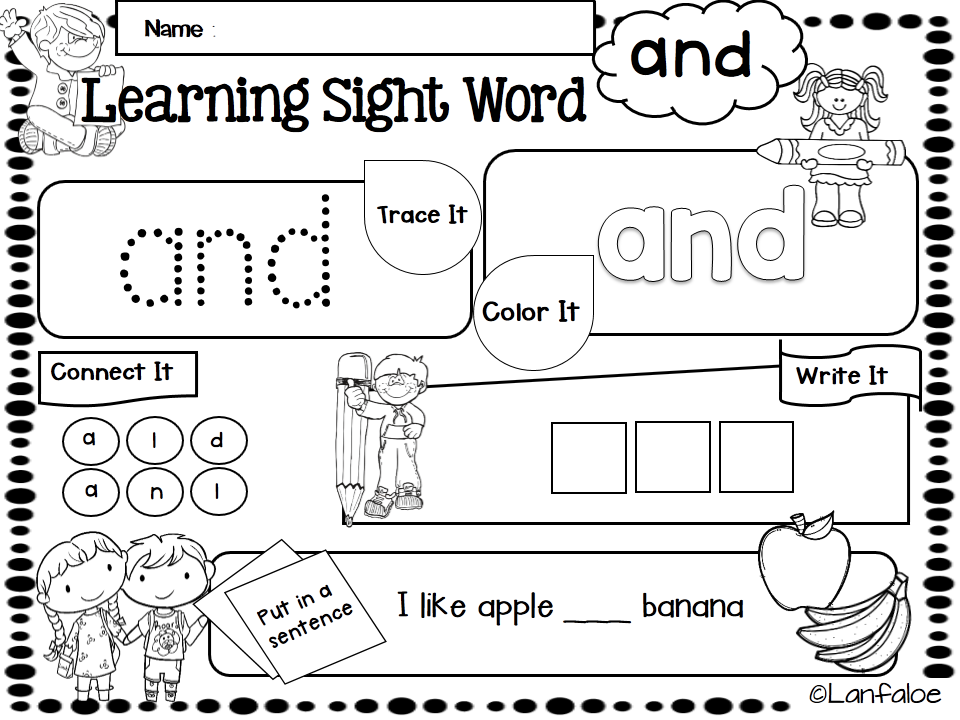
Sight Word Resources
Disclosure: Pre-K Pages is a participating member of the Amazon Services LLC Associates Program.
More Literacy Resources from Pre-K Pages
Home correctional education as an important component of preschool education (typhlopedagogical experience) Text of a scientific article on the specialty "Educational Sciences"
MBDOU Kindergarten No. 100, Tver e-mail: [email protected]
HOME CORRECTIONAL EDUCATION AS AN IMPORTANT COMPONENT OF PRESCHOOL EDUCATION (TIFLOPEDAGOGICAL EXPERIENCE)
Annotation. The article characterizes the typical features of the mental development of children with visual impairments, emphasizes the need for an integrated approach in corrective work with children in this category. The experience of joint activities of parents and specialists is presented, which contributes to the achievement of the most positive results in the correction of the development of a child with impaired visual function.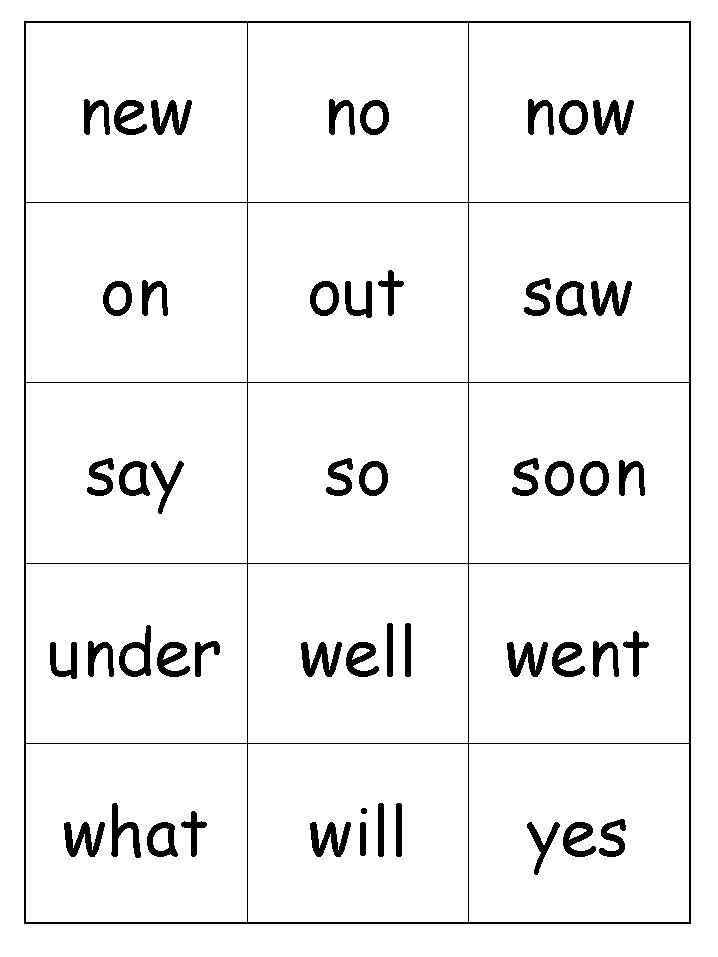
Key words: development, correction, visual impairment, preschool education.
Petrova Olga Evgenievna,
Ph.D., teacher-defectologist (tiflopedagog), MBDOU Kindergarten No. 100 Tver e-mail: [email protected]
HOME CORRECTIONAL TRAINING AS AN IMPORTANT COMPONENT OF PRESCHOOL EDUCATION (TIFLOPEDAGOGICAL EXPERIENCE)
Annotation. The article describes the typical features of the mental development of children with visual impairments, emphasizes the need for an integrated approach in remedial work with children in this category. The experience of joint activities of parents and professionals, contributing to the achievement of the most positive results in the correction of the development of a child with impaired visual function.
Key words: development, correction, visual impairment, preschool education.
Currently, 1.6 million children living in the Russian Federation are in need of corrective education, of which 353 thousand children attend groups and institutions of preschool education
of a compensatory type.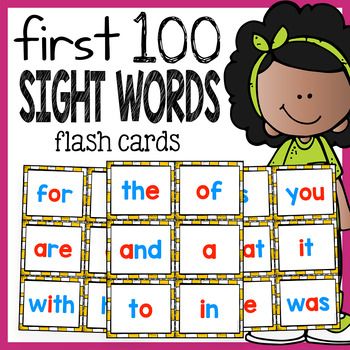 Identification of the pathology of sensory systems at the earliest stages of ontogenesis ensures timely and adequate treatment of the child, and also allows organizing appropriate psychological and pedagogical correction in the family and special institutions [2].
Identification of the pathology of sensory systems at the earliest stages of ontogenesis ensures timely and adequate treatment of the child, and also allows organizing appropriate psychological and pedagogical correction in the family and special institutions [2].
Recently, an increasing number of children have a complex structure of the defect, that is, a combination of two or three developmental disorders (vision and speech, vision - speech - mental functions, vision and musculoskeletal system). Along with reduced visual acuity, there are also violations of other visual functions of varying degrees - light and contrast sensitivity, temporal resolution, color discrimination, visual fields, and others.
The theory and practice of teaching children with visual impairment indicates that this defect inevitably has a negative impact on the visual act, reduces the quantity and quality of perceived information, which, in turn, leads to disruption of the normal interaction of the child with the environment.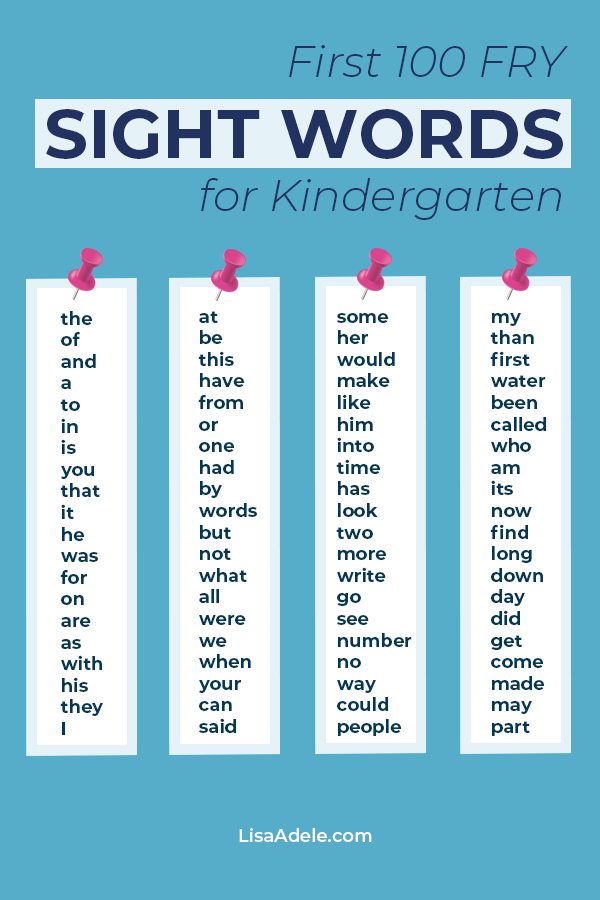
Visually impaired children may experience serious difficulties in determining the color, shape, spatial arrangement of objects, in performing practical actions, in orienting themselves in small and large spaces. Deficiencies in visual perception cause the formation of fuzzy images-representations, negatively affect the development of mental operations, which greatly complicates their cognitive activity. There are violations of memory, attention, without which it is impossible to perceive information about the outside world; formed, but not included in different types of activities, representations quickly disintegrate. Special assistance to such children implies a comprehensive approach, that is, close interaction
typhlopedagogues, speech therapists, educational psychologists, educators and parents.
Specialists build their work with children not only taking into account the correction of identified disorders, but also taking into account the development of compensation mechanisms that help process information on a polysensory basis. The typhlopedagogue is the coordinator in the system of interaction and continuity in correctional work, since it is in his charge that everything necessary to fulfill his mission is located.
The typhlopedagogue is the coordinator in the system of interaction and continuity in correctional work, since it is in his charge that everything necessary to fulfill his mission is located.
In natural life conditions, a child with normal vision is under the influence of systematically and repeatedly repeated visual stimulation. Any decrease in vision significantly limits the child's ability to acquire the same sensory-perceptual experience as a normal seer[1].
If a child is diagnosed with speech disorders, a speech therapist and a neurologist come to his aid, but it is obvious that the help of parents is indispensable and extremely valuable. Domestic teachers and psychologists, specialists in the field of typhlology, steadily state the fact of significant differences in the characteristics of the state of the visual system and perception in children with visual impairments. Unfortunately, this is due to the untimely clarification of all the circumstances that determined the current status of the child under study: the structure and severity of the primary sensory defect, the duration of deprivation, the state of the central nervous system, the ratio of levels of intellectual and emotional development, personal qualities, the degree of pedagogical neglect.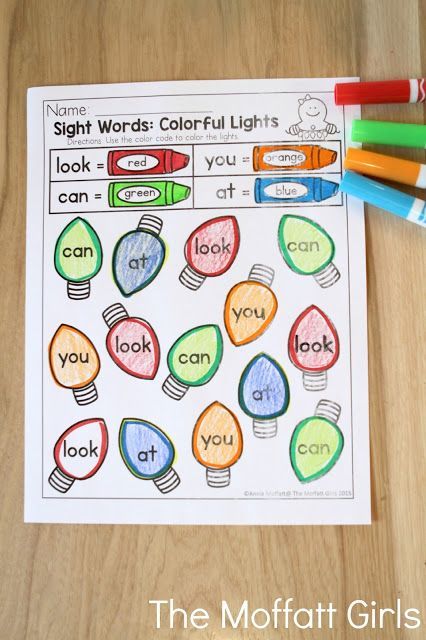
The joint activity of parents and specialists contributes to the achievement of the most positive results, if the first typhlopedagogical environment for such a child is his family. A vivid illustration of the above propositions is the experience of one family, which undertook all forms of typhlopedagogical assistance available to it.
Child V., the second of twins, was born at 32-33 weeks of gestation by urgent delivery, with a foot presentation, score 7/8 on the APGAR scale. At birth: weight - 2265 gr., height - 47 cm, approx. heads - 29see, ok. gr. - 28 cm. Discharged from the maternity hospital with a diagnosis of acute right-sided focal pneumonia, respiratory failure of the 2nd degree, cerebral ischemia of the 2nd degree, hypertensive syndrome, conjugation jaundice, open foramen ovale, circulatory failure of the 0th degree, natal injury of the cervical spine, early anemia of prematurity mild degree.
During the necessary visits to the polyclinic for medical examinations by a pediatrician, neurologist, pulmonologist, etc. , the boy's parents were increasingly concerned about ophthalmological issues. After examining the fundus of the eye (dilated veins), testing for the ability to transmit light (it transmits, but there is a spasm of accommodation), signs of immaturity of the organ of vision were revealed, and it was recommended to clarify the neurological status of the child. At the same time, the development of the twin brother S., the first of the twins, who does not have visual impairments, corresponds to the age dynamics of visual functions.
, the boy's parents were increasingly concerned about ophthalmological issues. After examining the fundus of the eye (dilated veins), testing for the ability to transmit light (it transmits, but there is a spasm of accommodation), signs of immaturity of the organ of vision were revealed, and it was recommended to clarify the neurological status of the child. At the same time, the development of the twin brother S., the first of the twins, who does not have visual impairments, corresponds to the age dynamics of visual functions.
At the age of 5 months, the child is admitted to the neurological department with the main diagnosis of "syndrome of movement disorders, increased excitability, spastic tetraparesis, developmental delay" and concomitant ophthalmological "converging alternating strabismus" and "angiopathy of retinal vessels". All this against the background of dysplastic disorders in the cervical spine.
After conscientiously carried out medical and rehabilitation measures (stay in a hospital and subsequent medication support, daily massage, exercise therapy, swimming pool, vitamin therapy,
hardening procedures) after six months the boy catches up with his brother in reflex-motor functions in accordance with their age characteristics: he rolls over on his own, crawls, is emotional in facial expressions and gestures, hums, pronounces separate syllable combinations (“ma”, “ba”, “na”, sings vowels).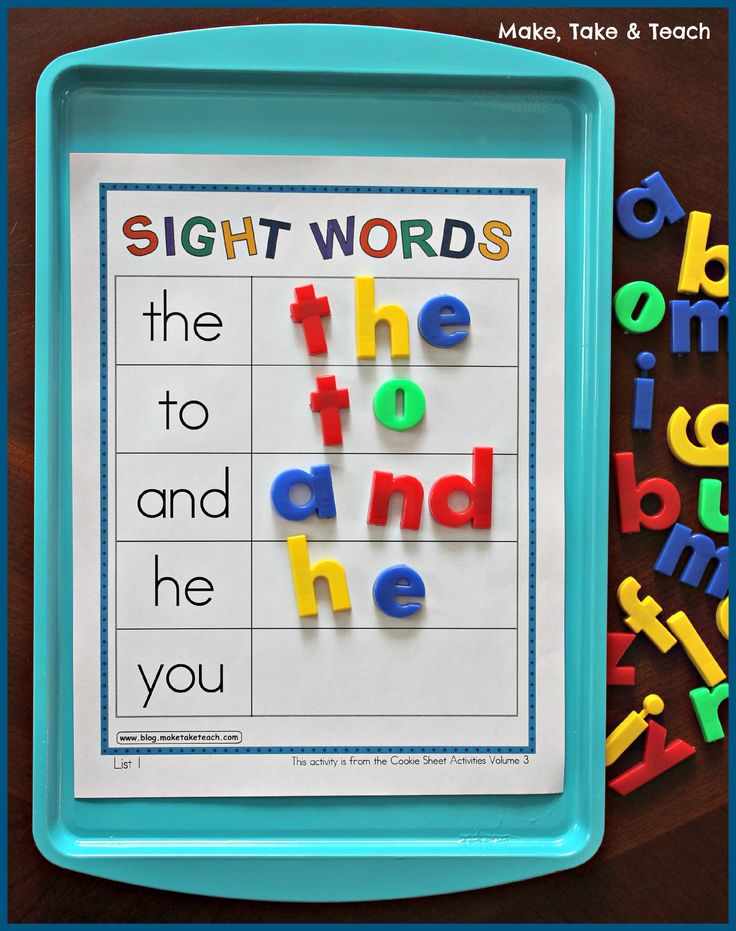
Let us now dwell on the proper correctional and pedagogical developmental practices of the family of the child under study B. Let's start with the fact that in the daily life of babies, including the prenatal period, a fair place is occupied by music, overwhelmingly classical. European music of the Baroque era, P.I. Tchaikovsky (piano cycle "The Seasons"), and, of course, V.A. Mozart (“Little Night Serenade”, divertissements) and others. Nurse songs, games and lullabies sounded from my mother's voice in a huge amount, approximately 50/50 Russian and Bulgarian. This largely ensured success in the development of auditory perception in both boys. Some corrective exercises from P.'s family pedagogy, which contribute to the development of not only fine and general motor skills, but also polysensory perception, are given below.
"Funny fingers"
1 option. The baby is in the arms of the mother. Following the words of the song, the fingers move with a light massage and clapping during the chorus.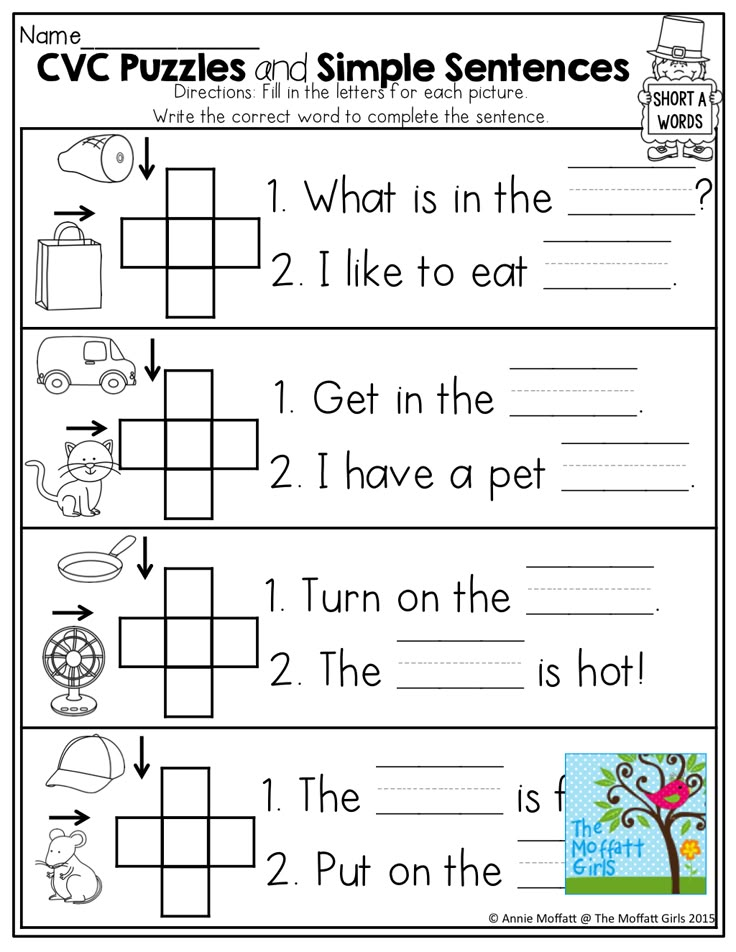
2nd option. The baby is on a flat surface (changing or massage table, bed, etc.) with the ability to turn his head towards his mother. This is done to train the tracing function of the eyes, exercising in a feasible aversion of the gaze to the right or left. The face and hands of the mother are located in relation to the child at a distance of at least 50 cm.
Drink, download palcite. (2)
Fingers sing and jump. Sing and download, kids have fun! Pointers sing and jump.
Drink, download, have fun! (2) Drink download showed the quote. (2)
Drink, download, have fun! (2) Drink download average. (2)
Sing and jump, kids have fun!
The middle ones sing and jump.
Drink, download, have fun! (2) Drink download nameless. (2)
Sing and jump, kids have fun! Nameless sing and jump
Drink, download, have fun! (2) Drink download malkite. (2)
Sing and jump, kids have fun!
Little fingers sing and jump Sing and jump, children have fun!!
Drink, download, have fun! (2)
After such regular training, the children themselves, at the first sounds of the song, raised their hands and looked for their fingers.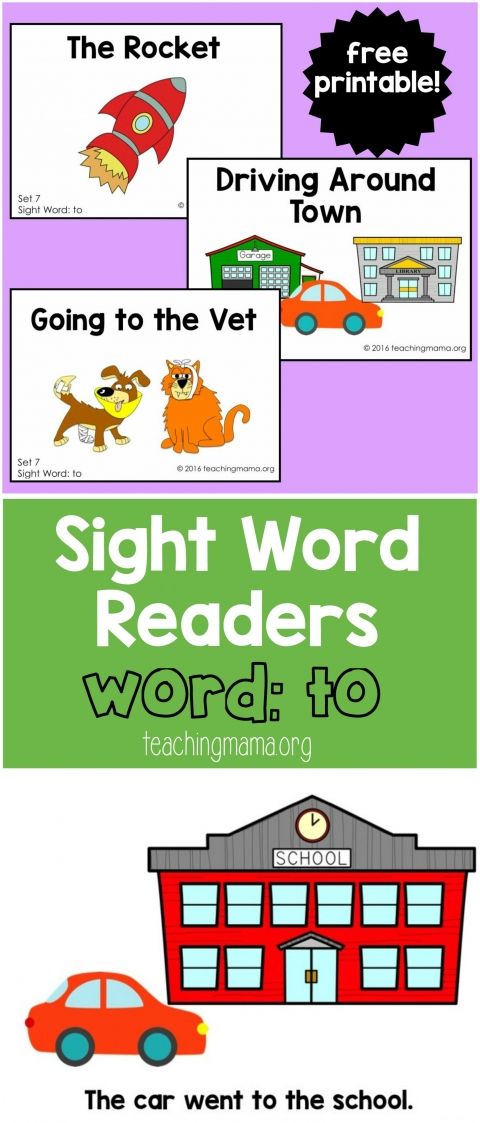
Kukurigu, kukurigu, kukurigu! Kukurigu, the sun is clear Gree pack over me! Pak sche sreshcham sweetly, All the same hubav den! Kukurigu, Kukurigu, Kukurigu! Here we are, still alive, They will read into the city, golem! Kukurigu, we know and sing, We know a lot of songs!
Playing with a large bright pyramid cock. The song itself is in a major key, with characteristic exclamations of "ku-ka-re-ku". And at the moments of “crowing”, the cockerel was carried around the room in different directions, so that he would attract the attention of the children with his “crowing”. They played this game, lying both on their backs and on their tummies, stretching and turning their heads towards the cockerel. Being in the hands of relatives
“Cockerel”
(helpers), the children perceived the game even more joyfully, because at the end of it they received the cockerel in their outstretched hands. The toy itself is easily disassembled, all parts are large, primary colors - red, yellow, green, blue.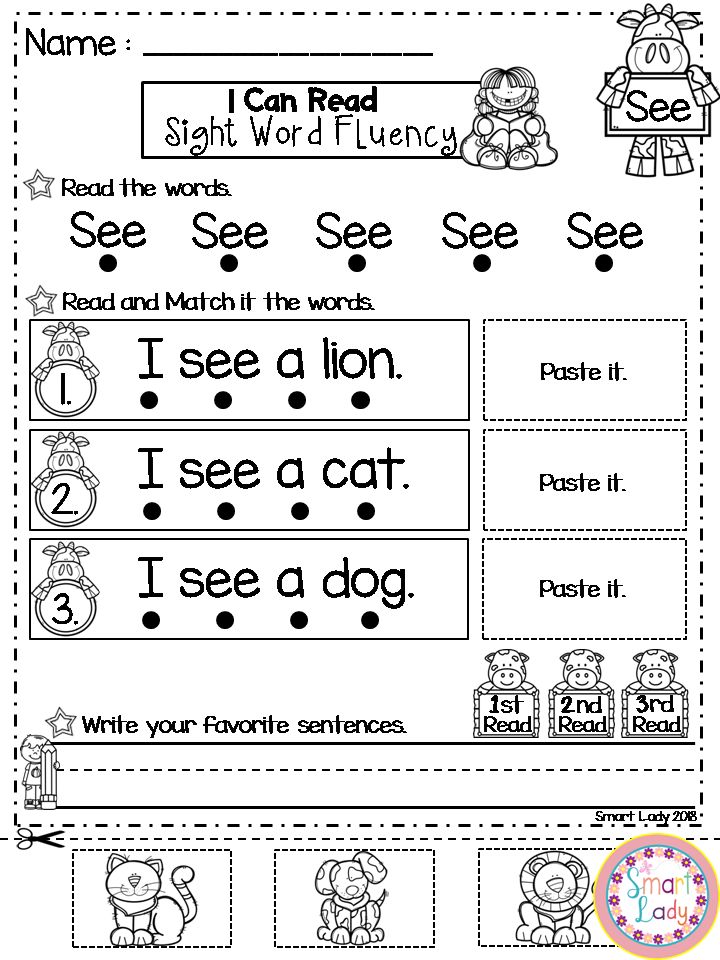
Analyzing individual moments of V.'s home practice
of remedial education, let us dwell on such important types of productive activities as drawing and modeling. According to the fair statement of L.I. Plaksina, among the various activities in kindergarten for visually impaired children, visual activity occupies one of the leading places in the system of corrective influence on a child with visual impairments. Under certain conditions, learning to draw makes it possible to solve general educational, correctional-educational and medical-rehabilitation tasks that cause the comprehensive development of the individual and the correction of his health [3].
So, the boys started to draw at the age of 1 year - with finger paints, on large sheets of paper. They also drew “hand in hand”, checking the structure of the paint by touch, smearing it in different directions, imitating sound images (“drip-drip-drip” - rain, the car drove “brrrr”, left a trail, etc.) . Sculpted from salt dough, I really liked it. However, as he mastered visual techniques, difficulties arose, because S. could already draw the tail of a cat, “let out smoke” from the chimney of the house, rain from a cloud, etc. Difficult moments of emotional lability began. The same thing happened in the process of getting closer to the books, which contained pictures, and which V. was not at all easy to see. The boy crushed them, tore them, gnawed ...
However, as he mastered visual techniques, difficulties arose, because S. could already draw the tail of a cat, “let out smoke” from the chimney of the house, rain from a cloud, etc. Difficult moments of emotional lability began. The same thing happened in the process of getting closer to the books, which contained pictures, and which V. was not at all easy to see. The boy crushed them, tore them, gnawed ...
The first major positive breakthrough that significantly changed V.'s quality of life was the appointment of glasses. The child began to feel more confident on the stairs and in the elevator, fell in love with books, swings, in a word, the life of familiar things opened up to him in a completely different way!
Until entering a pre-school educational institution of a compensatory type for children with visual impairments, V. continues to study at home, with great patience and with the constant support of relatives, who provided the opportunity to sit privately with each of the brothers separately.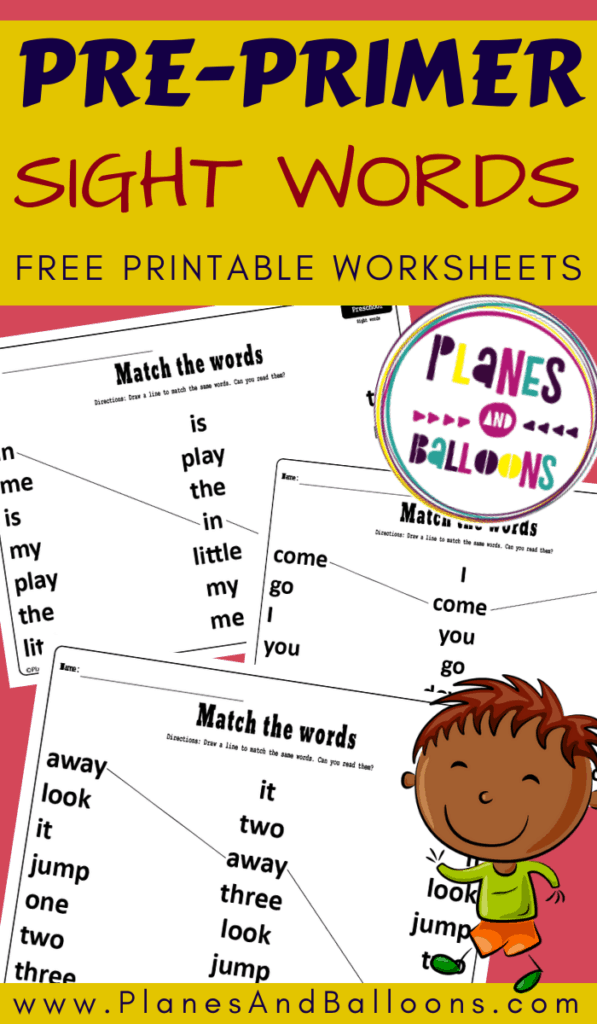 If S. by the age of three was rather deftly putting together puzzles from many medium-sized pieces, then for V. these were pictures consisting of the largest, no more than 4-6 pieces.
If S. by the age of three was rather deftly putting together puzzles from many medium-sized pieces, then for V. these were pictures consisting of the largest, no more than 4-6 pieces.
Growing up, the brothers become more and more attentive to each other and feel each other's abilities well, they give in. Their interests are almost always common, and now it is not difficult to work together. Combined classes are especially loved and successful in them.
"Ship" (application, drawing, modeling from junk
material)
Purpose: to teach how to build a composition of a drawing, to develop the ability to apply knowledge gained by a tactile-tactile analyzer, to train visual memory in the process of recreating images of the surrounding reality, to consolidate the ability to work scissors and glue, cultivate a sense of beauty.
Equipment: blanks for applique - sheets of paper with details that you need to cut out yourself, sheets of A4 white paper for gluing the composition, scissors, glue, glue brush, napkin, watercolor paints, a jar of water, a brush for drawing No.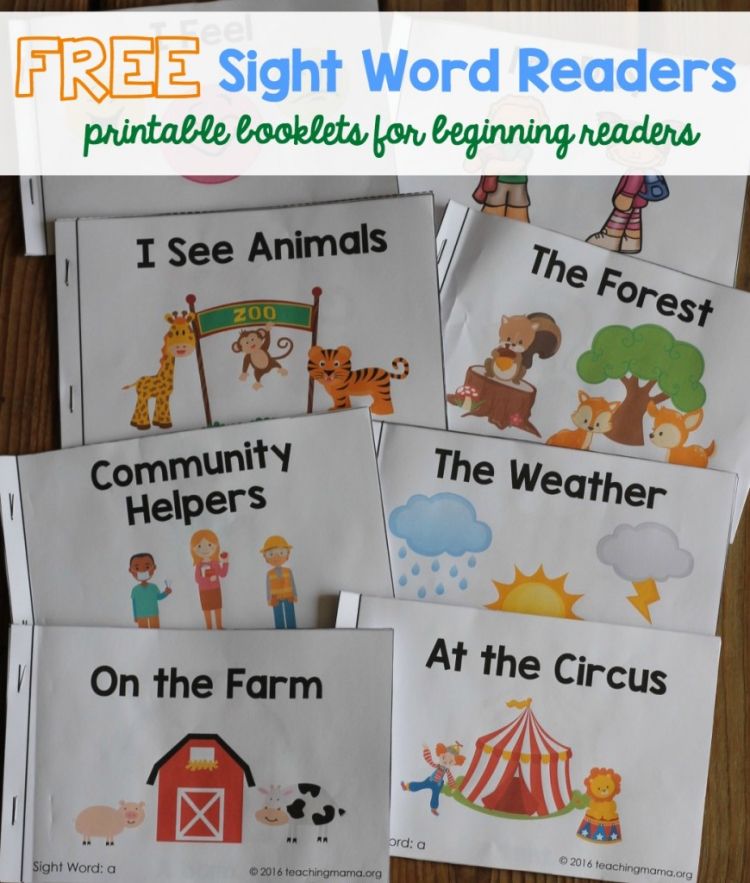 6, cotton wool I stage. Preparatory
6, cotton wool I stage. Preparatory
Preliminary collection of emotional and informational material, consolidation of geometric knowledge, training of fine motor skills of the hand
Targeted walk-excursion to one of the most beautiful places in our city - the confluence of the Tvertsa River into the Volga. From the berth of the river station
we observe boats and yachts, we focus on the latter. We pay attention to the design of the yacht - the base-boat, the mast, the sail. We find out that the sail looks like a triangle. The purpose of the sail is to help the yacht move with the help of the wind.
At home we get acquainted with a new toy - a yacht, which we can touch, disassemble and assemble and watch how it swims in the bathroom. II stage. Main
After a conversation-memories about a walk to the river and yachts, we consider the finished composition-scheme of the future panel, which we will be happy to make. There is also a toy-yacht, for completeness of ideas about the volume.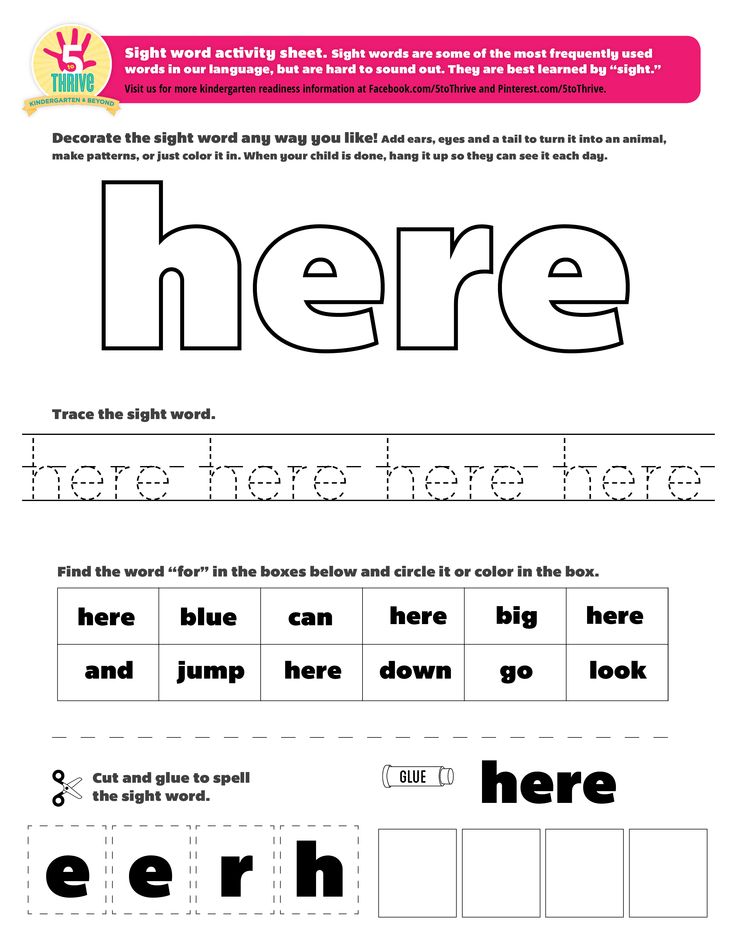
Cut out the details, place them on the sheet, stick them on. Fizkultminutka. During its implementation, the work of the guys dries up. Waves splash in the ocean
Waves splash in the ocean. (children wave their hands, imitating waves)
What does it seem like in the fog? (children stretch their hands forward)
These are the masts of ships. (children stretch their hands up)
Let them swim here quickly! (children wave their hands in greeting)
We are walking along the shore,
We are waiting for sailors, (walking on the spot)
Next, it is proposed to “place the boat in its native environment” - paint over the upper part of the panel with blue (light blue) paint, indicating the sky, and the lower part with blue, the sea. Please note that watercolor paints also need water, like our boat, because aqua is water, in Latin.
Another small pause, necessary to relieve eye strain. We get up from the table and go to the window. We look at the sky,
then at our works, we note that it is the correct - blue - color. We repeat the exercise several times and return to the table.
We repeat the exercise several times and return to the table.
Then we pay attention to the cotton balls on the table, find out what they look like, whether we saw something similar outside the window (in the sky). Pinching off a little, we make out the clouds, paste the panels in the right parts (in the upper part, on the sky). III stage. Aesthetic enjoyment.
Summing up what has been done, we admire our panels to the sounds of
the sea.
Thus, the child, before starting to embody a creative idea or work on a model, must accurately represent the object that he wants to depict. At all stages of teaching children to draw, great importance is attached to the formation of subject representations, the development of methods for examining objects through various types of perceptions: visual, tactile, tactile-motor and others. It is very important to provide conditions for visually impaired children to master the sensory standards of the shape, color, size and spatial position of objects.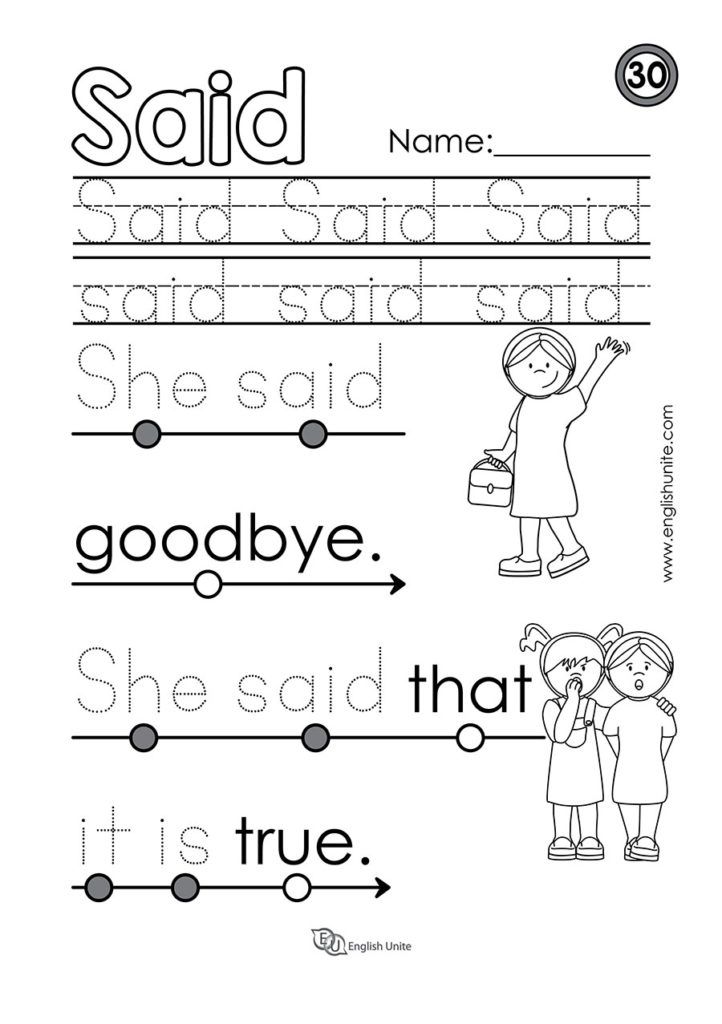
The accumulation of visual experience is one of the main tasks of corrective work in the drawing classes in kindergarten for children with visual impairments. We can provide evidence of the importance of regular special classes for children with visual impairments from a brief analysis of the results of a short period of V. receiving educational services in a specialized preschool institution. The almost constant presence of his brother softened the adaptation period of the beginning of visiting the preschool educational institution, and in the subsequent period, being to some extent a guardian, he becomes for V. the guarantor of his calm and progressive movement in mastering
adaptive basic education program for early childhood education. At the present time, their relations are built on an equal footing: different in general.
Correction and developmental programs for preschool educational institutions of a compensatory type are aimed at the formation of mechanisms for subject and play activities as leading activities in early and preschool childhood, productive activities (drawing, modeling, applications, design, elementary labor), familiarization with the outside world, development speech, the formation of elementary mathematical representations, musical and physical education.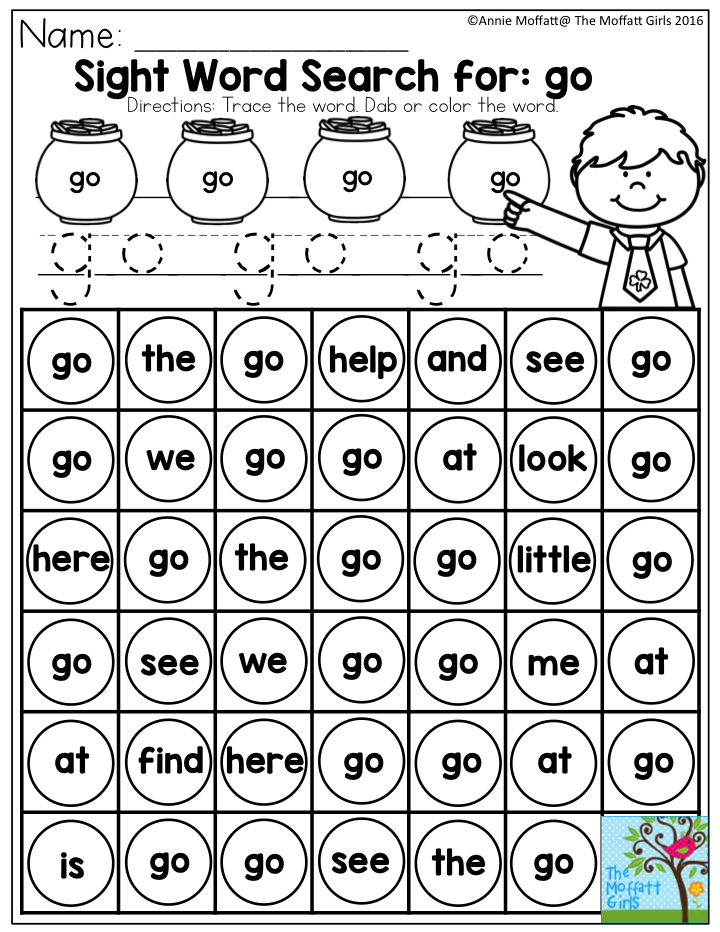 All aspects of correctional and developmental work are interconnected and interpenetrating, and the tasks of correctional education are solved in a complex way in all the forms of its organization used.
All aspects of correctional and developmental work are interconnected and interpenetrating, and the tasks of correctional education are solved in a complex way in all the forms of its organization used.
We have considered only some aspects of the so-called family typhlopedagogy, home practice of correctional and developmental education from birth to the moment of admission to a preschool of a compensating type for children with visual impairment, and during full-time full-time education of a child according to an adaptive basic educational program of preschool education for children with visual impairment.
References
1. Grigorieva L.P., Bernadskaya M.E., Blinnikova I.V., Solntseva O.G. The development of perception in the child. Handbook for correctional activities with visually impaired children in the family, kindergarten, elementary school. M., 2001. S. 7.
2. Teaching children with intellectual disabilities: (Oligofrenopedagogy): Proc. allowance for students.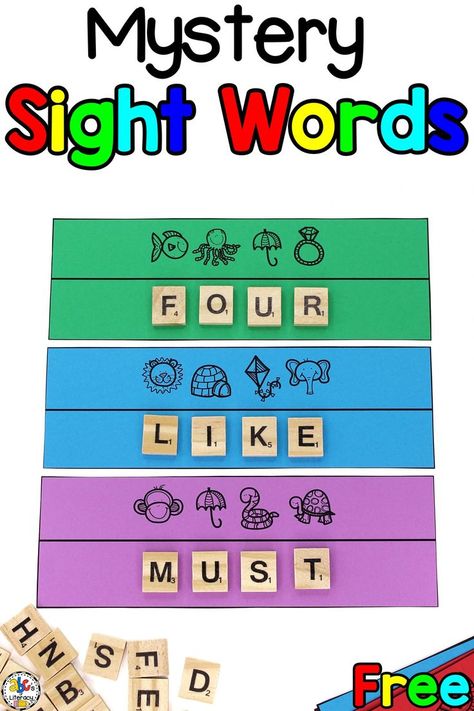 higher ped. studies, institutions / B.P. Puzanov, N.P. Konyaeva, B.B. Gorskin and others; Ed. B.P. Puzanov. M., 2001.
higher ped. studies, institutions / B.P. Puzanov, N.P. Konyaeva, B.B. Gorskin and others; Ed. B.P. Puzanov. M., 2001.
3. Plaksina L.I. The development of visual perception in the process of object drawing in children with visual impairment. M., 2008. S. 3.

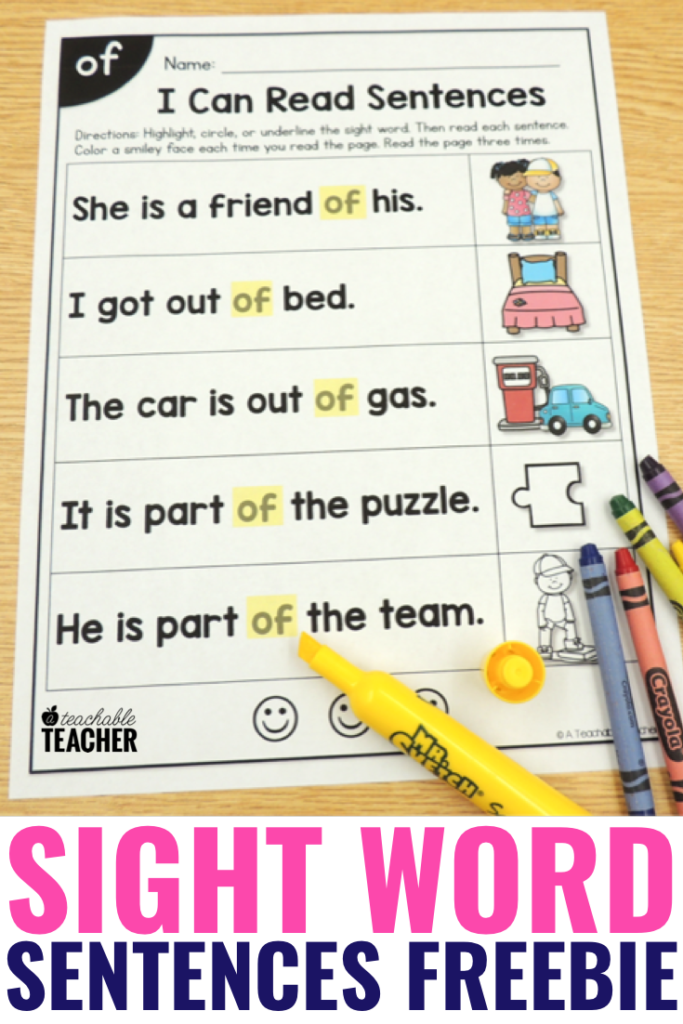 Questions of theory and practice (included in the list of HAC) . Tambov: Diploma, 2018. No. 4. S. 43-52.
Questions of theory and practice (included in the list of HAC) . Tambov: Diploma, 2018. No. 4. S. 43-52. 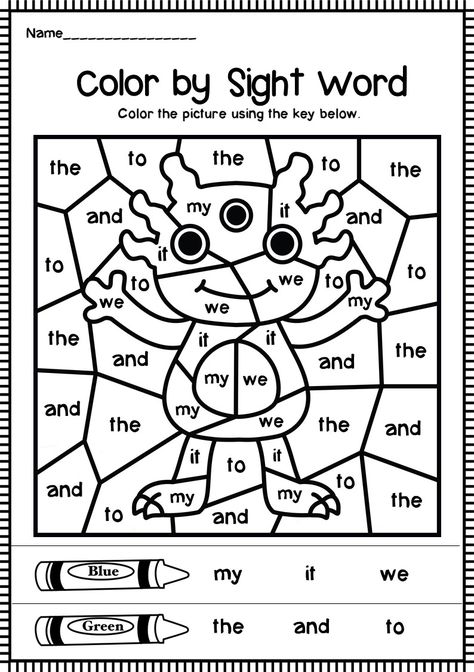 1179
1179 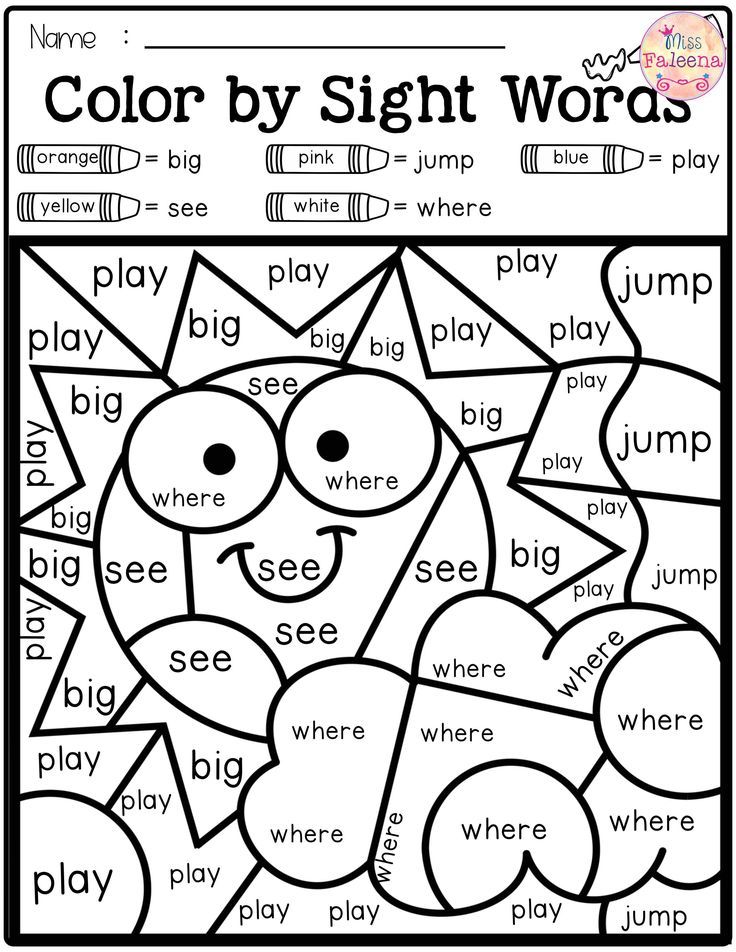 1220, preschool department" Kindergarten No. 1132 of the North-Eastern Administrative District of Moscow of combined type "" is given and methodological recommendations are formulated.
1220, preschool department" Kindergarten No. 1132 of the North-Eastern Administrative District of Moscow of combined type "" is given and methodological recommendations are formulated.  Moscow: Medicine, 1968. 546 p.
Moscow: Medicine, 1968. 546 p. 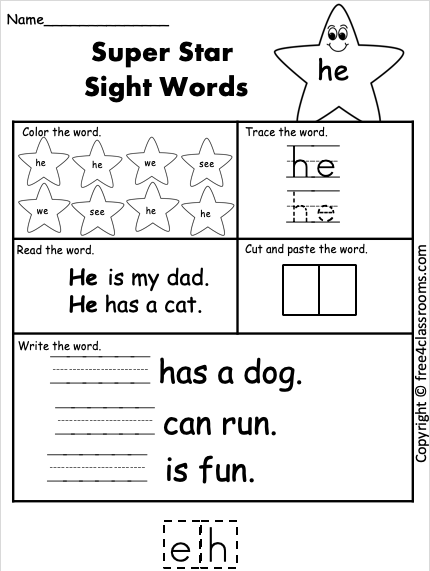 Petersburg: Detstvo-press, 2016. 80 p.
Petersburg: Detstvo-press, 2016. 80 p. 